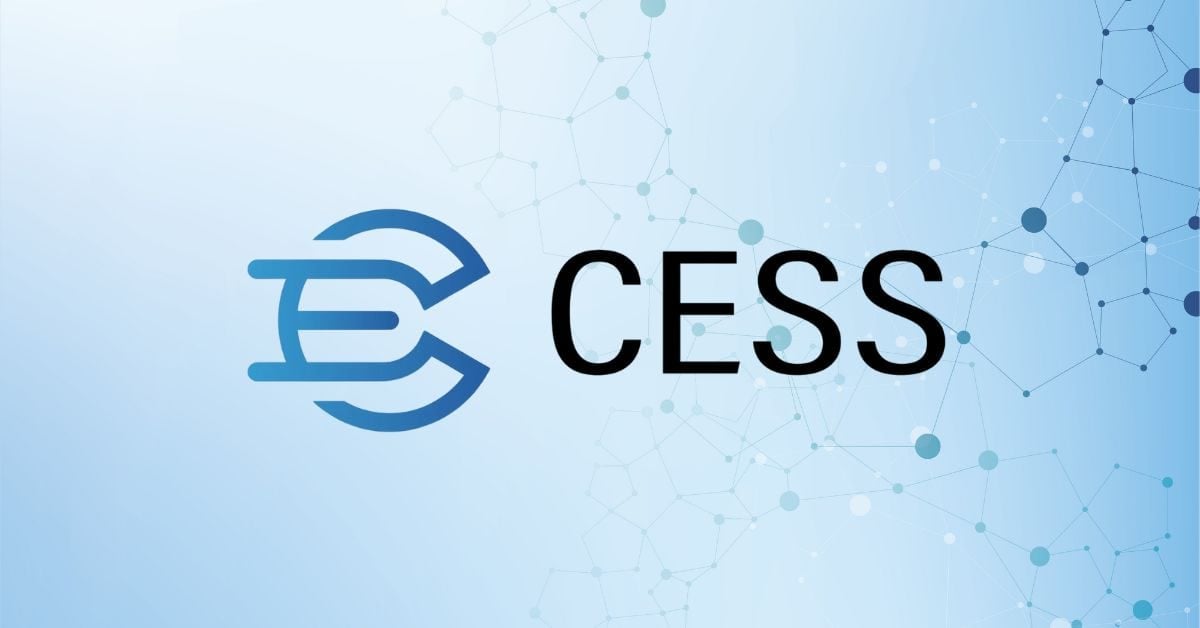SatoshiVM($SAVM) Token Airdrop Information

SatoshiVM ($SAVM) is a technology that allows Bitcoin to work with Ethereum’s EVM ecosystem. This means that Bitcoin can now create new assets and applications. SatoshiVM uses the decentralized Bitcoin ZK Rollup Layer2, which is compatible with the EVM ecosystem and uses native BTC as gas. SatoshiVM will likely conduct the airdrop and participation will be completely free as the work will all be completed on the Bitcoin testnet and Ethereum Sepolia testnet. The SatoshiVM ($SAVM) token airdrop guide is as follows.
Check out the SatoshiVM ($SAVM) token airdrop video guide!
What is SatoshiVM ($SAVM)?
SatoshiVM is a virtual machine that runs smart contracts on the Bitcoin network. A virtual machine is a program that acts like a computer inside another computer. A smart contract is a set of rules that can be executed automatically without human intervention. The Bitcoin network is a computer system that uses the digital currency called Bitcoin.
Some of the key features of SatoshiVM include:
- compatibility: You can execute smart contracts written in various languages such as Solidity, Rust, and C++.
- security: We use a technique called formal verification to ensure that smart contracts are accurate and free of errors or bugs.
- scalability: Thanks to a technology called sharding, which distributes the workload across multiple nodes, a large number of transactions can be processed per second.
- seclusion: User identity and data can be protected using methods such as zero-knowledge proof and encryption.
Is there a SatoshiVM ($SAVM) token airdrop?
There are a lot of rumors going around on Twitter that SatoshiVM will be holding a $SAVM token airdrop. SatoshiVM recently launched its testnet and only the faucet and bridge are live. Swap functionality is coming soon. So it’s very early and it’s worth positioning yourself now for this airdrop.
According to the leaked $SAVM token economics, the Fully Diluted Valuation of the $SAVM token is very low, making it worth positioning against SatoshiVM. And we have seen other low FDV token launches where returns can be as high as 50x. Therefore, this means that the SatoshiVM token is likely to bring in huge profits once it is launched.
How to get a potential SatoshiVM ($SAVM) token airdrop?
Here’s how to get a potential SatoshiVM ($SAVM) token airdrop:
- Setting up SatoshiVM testnet in MetaMask
Go to https://testnet.svmscan.io/ and connect your wallet. Then scroll down and click “Add SatoshiVM Testnet” in the bottom left. Approve the transaction in your MetaMask wallet.
Alternatively, if you want to do this manually, go to MetaMask, click the top left button and click “Add Network”. Then select “Add network manually” and enter the following SatoshiVM testnet information into MetaMask.
- UniSat Wallet Settings
Go to https://unisat.io/ and select ‘Download from ChromeStore’. To set up your wallet, follow these steps: Don’t forget to record your seed phrase offline and keep it in a safe place to reduce the risk of losing your funds.
In your UniSat wallet, go to “Settings” and “Address Types”. Make sure “Native Segwit (P2WPHK)” is your first choice. Then go to “Network” and make sure you are on the “TESTNET” network.
- Fund your UniSat wallet with testnet Bitcoin ($tBTC)
Go to https://bitcoinfaucet.uo1.net/send.php and paste your UniSat wallet address for testnet Bitcoin. Accumulate $tBTC by requesting as much as allowed.
You can also request $tBTC by going to https://coinfaucet.eu/en/.
- Bridge testnet Bitcoin ($tBTC) to SatoshiVM testnet
SatoshiVM is intended to act as a bridge between the Bitcoin and Ethereum virtual machines, so this is where the core of testnet activity will be. To connect your Bitcoin to the SatoshiVM testnet using the SatoshiVM BTC bridge, go to https://bridge.satoshivm.io/. In the “Deposit” tab, enter the amount of testnet Bitcoin ($tBTC) you want to bridge and click “Deposit”.
- Bridge more $tBTC
To attach more $tBTC to SatoshiVM, repeat steps 3 and 4 above. Be sure to do this more often as more features are released on the SatoshiVM testnet!
- Accumulate some Sepalia ETH
SatoshiVM has the tSAVM Faucet feature coming soon. In that case, you will need Sepalia ETH to pay for the gas. So, to be ready for when the feature goes live, go to https://sepoliafaucet.com/, enter your wallet address and click “Send ETH”.
You can also check Seplia ETH at https://www.infura.io/faucet/sepolia.


SatoshiVM($SAVM) airdrop review
There are several factors to consider when reviewing airdrops. First, there is a possibility that the project will conduct an airdrop in the first place. We will then look at how many tokens the project will allocate to the airdrop campaign and the difficulty of participating in the airdrop. It is also important to look at the utility of the token to ensure there is a real use and purpose for participating in the airdrop in the first place. Lastly, a factor to consider when reviewing an airdrop is whether a lock-up period applies to the airdropped tokens.
Airdrop possibilities: There are a lot of rumors surrounding a potential SatoshiVM airdrop. Considering how good airdrops are for project exposure, I think there is a good chance that SatoshiVM will do a token airdrop.
Airdropped token allocation: SatoshiVM airdrop allocation is unknown.
Airdrop Difficulty: SatoshiVM airdrop only has bridging functionality on testnet. So the task only involves accumulating testnet tokens to use and link tokens later when more features become available. Remember, this is only a testnet, so no real money will be used! It couldn’t be easier!
Token Utility: The $SAVM token utility is unknown.
Token Lockup: There is no information yet on $SAVM token lockup.



